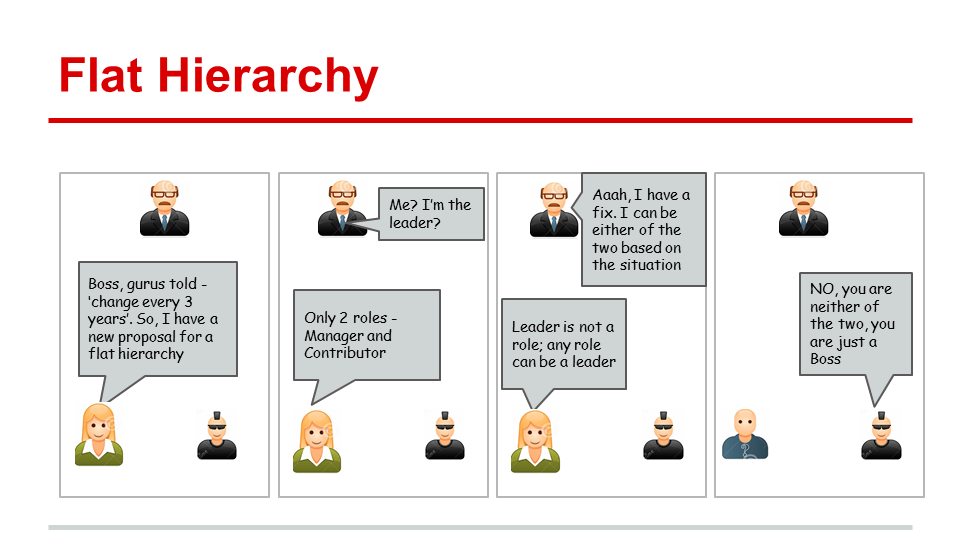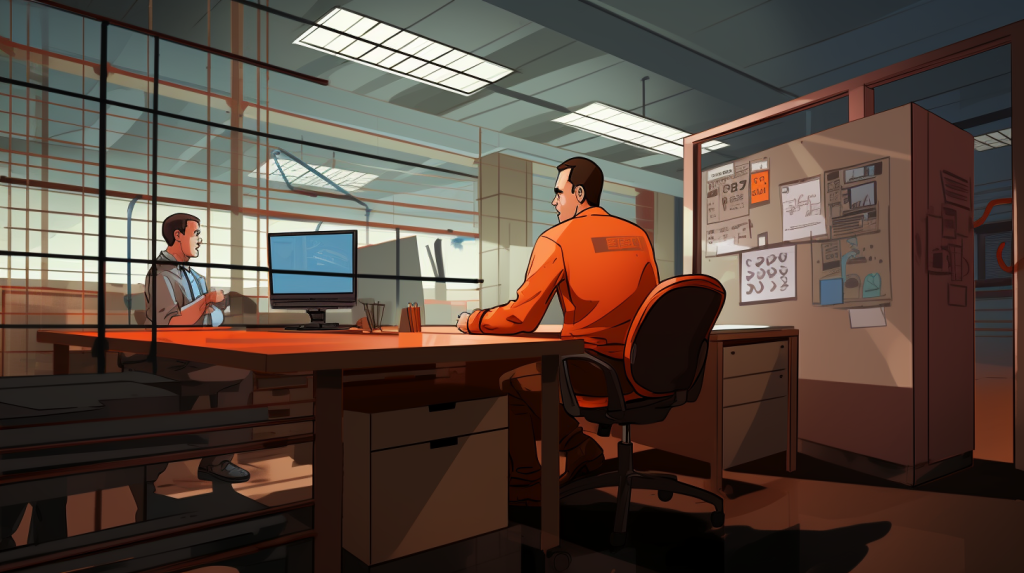Welcome back to our series, where we delve into pivotal statements that have not just crossed my path but have helped pave it. In the last entry, we explored the importance of timely action and reimagining aspirations. This time, I’m honing in on professional evolution—how innovative advice has sculpted my approach to the roles I play and the orchestration of my teams. Here’s to the wisdom that reshaped my leadership and may just inspire a redefinition of your own role.
1. Teams and Reconfiguration: Mastering Team Dynamics for Leadership Role Fulfillment
Context: Early Career Ambitions and Leadership Roles
In the budding stage of my career, I found myself grappling with my role’s direction. Amidst rising leadership responsibilities, I feared my position was veering too much towards administration rather than the coveted technical architect role I desired. Seeking clarity, I turned to my boss—a mentor known for his sharp business insight and clear vision.
Advice: Embrace the Multifaceted Leader Within
My mentor’s advice, although not a direct solution to my restlessness, sparked a realization. He said, “Your versatility over these three years suggests that you’ll seamlessly juggle various hats—program management, technology, business, and product management. Maintain the leader’s role, the one the organization values at its core.” It wasn’t about choosing one path but embracing them all, with leadership as the anchor.
“You will anyway play multiple roles, so continue to keep the leader hat anyways“
Impact: Restructuring for Role Satisfaction
His words catalyzed a change in my approach. I redistributed my team’s duties, empowering project managers with operational tasks they were keen to undertake and instilling in them a trust that negated my need for detailed oversight. This restructuring carved out the time I needed to delve into technology and solutions, a departure from how my peers managed their responsibilities. It was a strategic shift, enabling me to fulfill my technical aspirations while retaining my leadership mantle.
2. Roles and Adaptability: Embracing Multifaceted Challenges in Leadership
Context: A Halt in Go-Live Sparks a Role Reevaluation
In the early stages of my career, while leading a complex program, a significant technical issue threatened the project’s go-live, casting a shadow of doubt and worry. Despite having a senior architect already stretched thin over the problem, I couldn’t stand idly by. I rolled up my sleeves, delving into the technical depths alongside the team, determined to contribute to a solution.
Advice: Questioned Roles Lead to Refined Focus
In the midst of crisis, amid tension and concern, a boss’s sharp critique—questioning whether I was acting as a module lead or a program manager—ignited a fire in me. It was less of advice and more of a challenge. His words, intended to remind me of my primary role in communication and coordination, instead galvanized me to prove my multifaceted value. Equipped with insights from a previous mentor, I was already evolving beyond traditional role boundaries without neglecting my responsibilities.
“Are you a module leader or a program manager?“
Impact: A Strategic Balancing Act Unveils Solutions
The critique turned into a catalyst. While ensuring the flow of communication remained uninterrupted, I plunged into the technical fray. Our combined efforts paid off, and within days we unearthed the elusive solution, with me playing a not insignificant part. This experience cemented my belief in the ‘horses for courses’ approach—adapting roles to the situation while ingeniously upholding the core responsibilities of the original role.
Closing
In this series on adaptable leadership, we’ve touched on the importance of flexibility and service in our roles. Stay tuned for more as we continue to delve into the art of leading innovatively and empathetically.
Contrarian Views
Exploring Different Perspectives: While adaptability and servant leadership are widely advocated for their inclusive and dynamic approach, it’s essential to recognize that dissenting opinions exist, offering a more nuanced understanding of leadership efficacy.
- Decisive Leadership Preference: Critics suggest that adaptable leadership might falter in crisis situations where swift, top-down decisions are required.
- Leadership Overextension: There’s a concern that adaptability can lead to leaders losing focus and direction due to trying to juggle too many roles.
- Inconsistency Risk: Constantly changing leadership styles can cause confusion and a lack of clear strategy within a team.
- Competitive Disadvantage: Some argue servant leadership may not foster the competitive edge needed in certain aggressive industries.
- Role Ambiguity: Highly flexible roles can lead to unclear hierarchies and decision-making processes.
- Neglected Performance: Overemphasis on serving the team could result in overlooking business performance and innovation.
- Cultural Clash: Adaptable and servant leadership styles may not align with every organizational culture, potentially causing internal conflicts.






